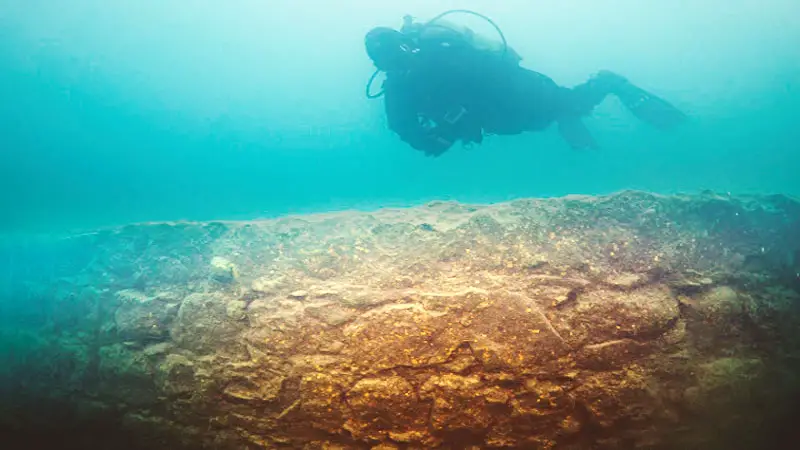In Turkey’s eastern Van province, a team of archaeologists made an exciting discovery during their underwater excavations in Lake Van. They stumbled upon the remains of an ancient castle belonging to the Urartu civilization, which is estimated to be around 3,000 years old.
The expedition, led by Van Yüzüncü Yıl University and the Governorship of Turkey’s eastern Bitlis Province, unveiled these underwater ruins believed to be from the Iron Age Urartu civilization, also known as the Kingdom of Van. This civilization is thought to have existed between the eighth and seventh centuries B.C.
Despite initial skepticism from other experts who claimed there would be nothing to find underwater, the head of the diving team, Tahsin Ceylan, revealed that they persisted with their research and were rewarded with the discovery of the ancient castle.
Interestingly, the current water level of Lake Van, which has a history of 6,000 years, is significantly higher than it was during the time of the Urartu civilization. Ceylan explained that civilizations residing around the lake established sizable villages and settlements when the water level was lower. However, they were forced to abandon the area as the water rose again.

While the exact extent of the castle’s buried walls couldn’t be determined, approximately three to four meters of them are visible above the water’s surface. Further underwater excavations will be necessary to unveil more details about the structure.
The significance of these underwater ruins is expected to captivate the attention of numerous tourists due to their unique historical value.
Lake Van holds great geographical importance as the largest lake in Turkey and the second largest in the Middle East. It is renowned as the world’s largest sodium water lake and is situated in the elevated areas of the Eastern Anatolian region, close to the Iranian border. The formation of the lake can be attributed to a volcanic eruption of Mount Nemrut near the province of Van.
